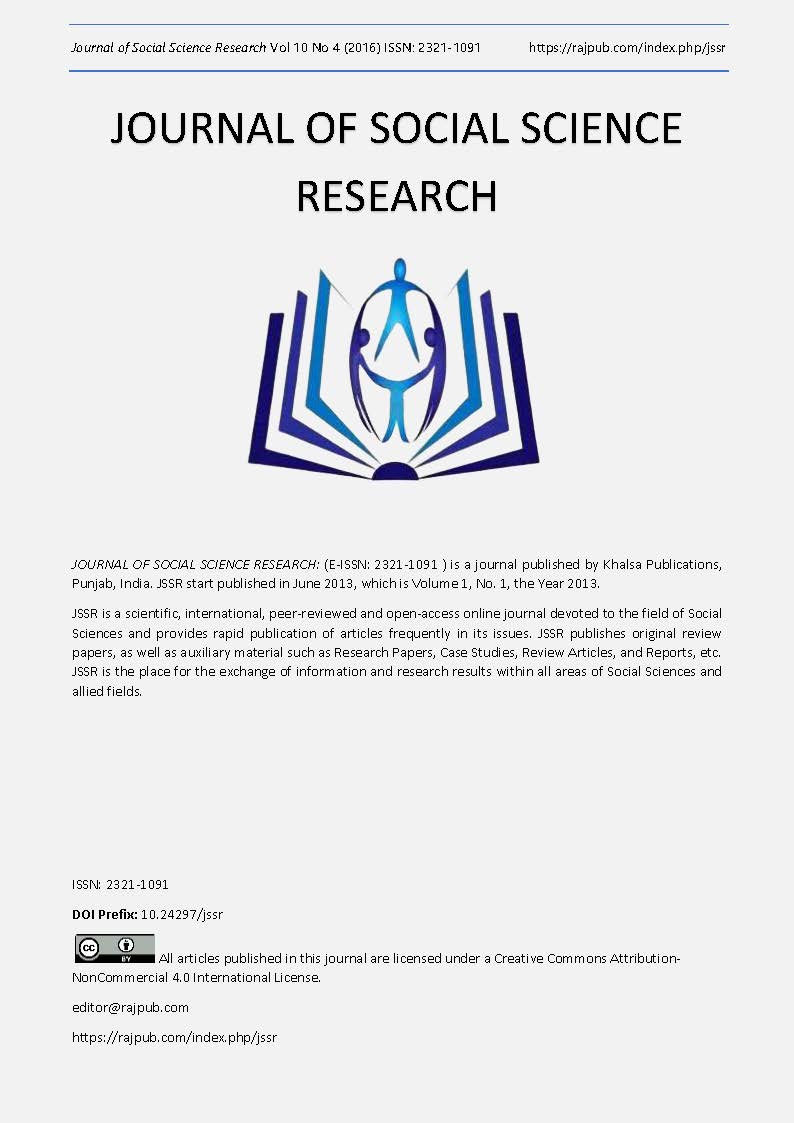The Construction and Application of Sustainable Development Model for Bangladesh Based on System Dynamics
DOI:
https://doi.org/10.24297/jssr.v10i4.4719Keywords:
System Dynamic, simulation, sustainable development model, linear regressionAbstract
Sustainable development is to reconcile human needs and the Earths healthy balance. For eradicating poverty, changing unsustainable, promoting sustainable patterns of consumption and production, protecting and managing the natural resource, combining principles and methods of system dynamics modeling, we build a sustainable development model by analyzing the factors which influence the sustainable development. According to social economic development, the dynamics of environmental change, change of energy and matter between the subsystems and information interaction, the sustainable development model is divided into four subsystems, such as environment, resources, economy and social. In the model, the factor of sustainable development can distinguish more sustainable countries and policies from less sustainable ones. Then, we analyze the data of Bangladesh and predict the factor of sustainable development. By revising the parameters, we create a 20 year sustainable development plan for Bangladesh to move towards a more sustainable future to evaluate the effect our 20-year sustainable plan has on Bangladeshs sustainability measure. By implementing our plan in our evaluation, we predict the change that will occur over the 20 years in the future. Through on the analysis of our model, we give some reasonable policy suggestions for sustainable development of Bangladesh.
Downloads
Downloads
Published
How to Cite
Issue
Section
License
 All articles published in Journal of Advances in Linguistics are licensed under a Creative Commons Attribution 4.0 International License.
All articles published in Journal of Advances in Linguistics are licensed under a Creative Commons Attribution 4.0 International License.




